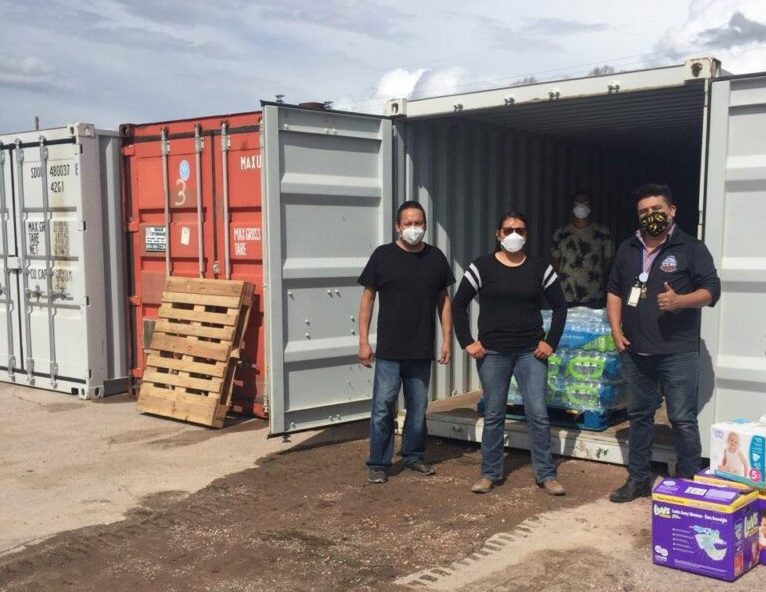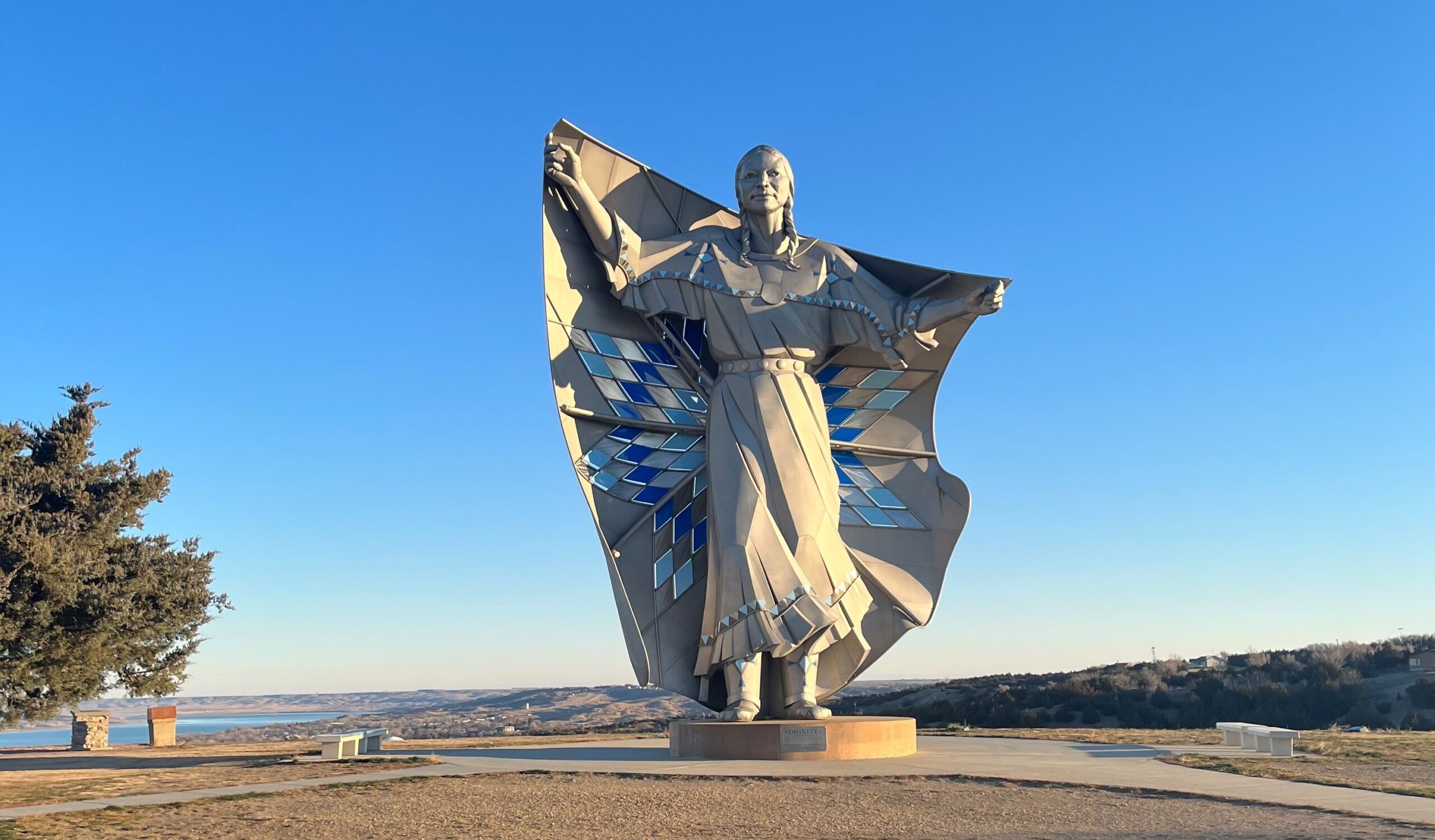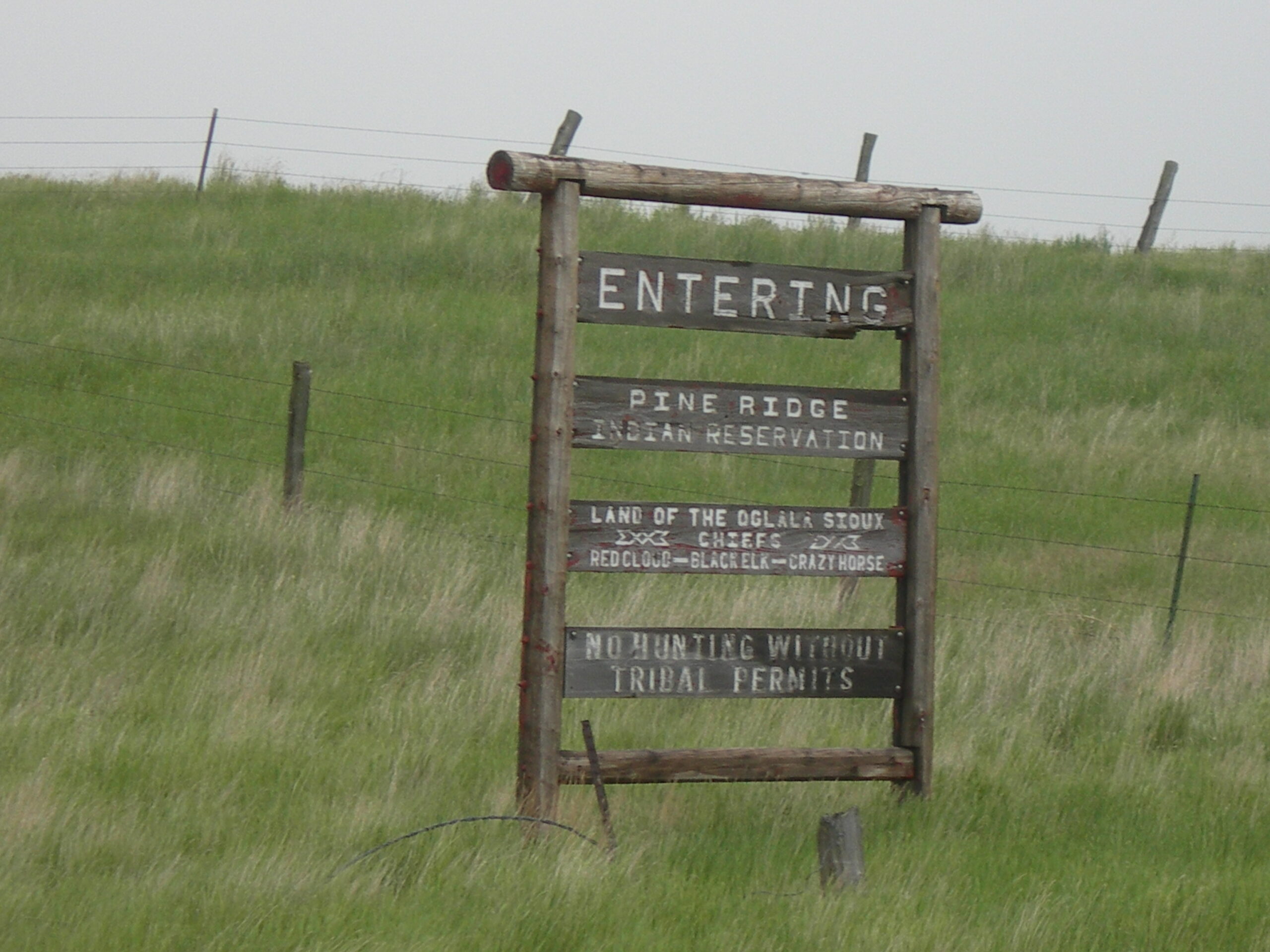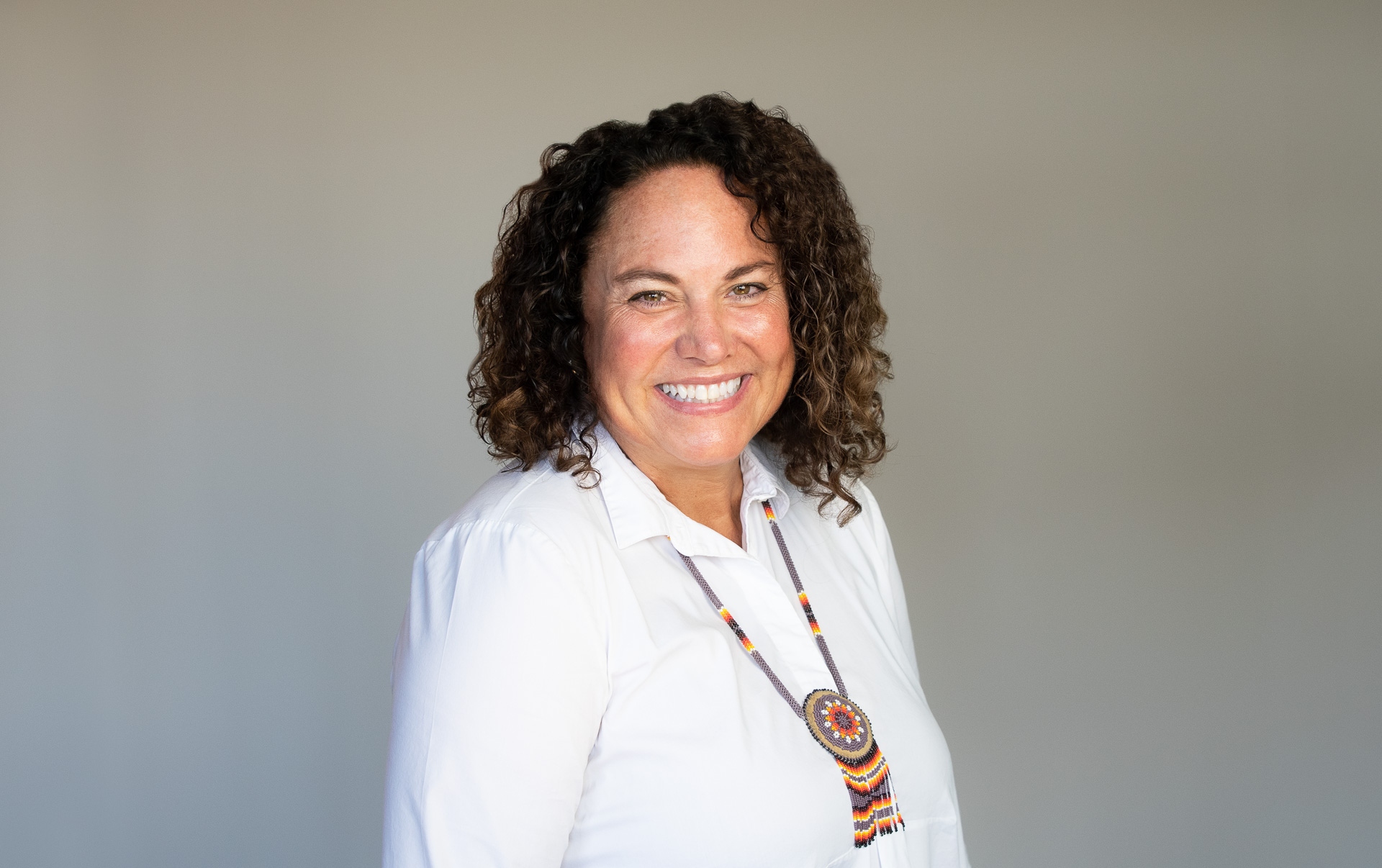What our Native partners are telling us
When the Center for Disaster Philanthropy (CDP) started the Native American and Tribal Communities Recovery Program, one goal was to continually learn and improve disaster recovery work in partnership with Native communities and local leaders. Over the past year, we had several opportunities to listen and learn from our current and past grantee/partners through a […]

When the Center for Disaster Philanthropy (CDP) started the Native American and Tribal Communities Recovery Program, one goal was to continually learn and improve disaster recovery work in partnership with Native communities and local leaders. Over the past year, we had several opportunities to listen and learn from our current and past grantee/partners through a listening session and a series of interviews. We also began hosting monthly “brown bag” sessions in March for grantee/partners to share experiences and learn from each other.
I want to share this with the world so that those working in disaster recovery, working with Native communities, and especially all who work on disaster recovery with Native communities can also learn and consider making changes and additions to disaster recovery. The key request we heard was the desire for more holistic disaster recovery and overall disaster support in consideration of the systemic challenges faced by many Native communities.
What we asked
To learn about how CDP can best support community-driven equitable disaster recovery in Native communities, we asked the following questions during interviews and our listening session:
- Does the Midwest Early Recovery Fund’s approach to disaster recovery work similarly or as well in Native communities as compared to other areas in the 10-state region? What should be changed/how can we improve?
- Is a Long-Term Recovery Group (LTRG) format the correct type of organizational body to lead and tackle the work of disaster recovery in Native communities?
- What do you need and want so that you are able to support disaster recovery in your community?
What we learned
Grantee partners shared their desire for some changes to the LTRG model for Native communities, the importance of relationships, appreciation and desire for additional training, and the need for more holistic support.
1. CDP’s Midwest Early Recovery Fund model of disaster recovery works in Native communities, with some subtle challenges and differences.
The CDP Midwest Early Recovery Fund supports recovery, not response, relief, preparedness or mitigation. We typically fund the creation or provide support of long-term recovery groups, disaster case management/needs assessment, volunteer management, construction management, mental health and children’s services to build local capacity for disaster recovery.
One grantee partner noted the importance of the CDP grant and all that they learned from the experience. Another noted appreciation for having experts they can turn to and learn from, including how to utilize and be in relationship with CDP and others in disaster recovery.
“We can’t do it alone.”
All grantee partners mentioned that they can’t do disaster recovery alone, and until they partnered with CDP, they felt alone. The pandemic escalated the need for and showed the importance of relationships.
“CDP legitimized the role of Great Plains and We are Warriors EOC (Emergency Operations Center). Because of your support and mentorship, we were at meetings. We would not get invited to meetings without you.”
One challenge noted that is particular to reservations is the lack of nonprofit organizations to partner with. Existing organizations already have their hands full in pursuit of their missions, even without disaster recovery on their plate.
Grantee partners also shared some distrust of nonprofits on reservations as some community members have left a reputation of starting an organization, bringing in funds that are spent on the organization’s leaders, not the community.
Another challenge in reservation and rural communities is that the people who want to make a difference in their community are the same people working on all the committees. CDP has learned that leadership roles in rural areas look different and have less boundaries than those in urban locations – each leader has multiple missions and serves multiple roles. Our leaders wear many hats!
2. Long-term recovery group (LTRG) model works, but let’s tweak it to make it more impactful in Native communities.
Grantee partners appreciate the training provided to the LTRG from CDP and others on disaster case management, long-term recovery and mental health. They would love more such opportunities in the future. Overall, the LTRG provided a structure and a needs-based process where no one is left out or favored, and resources are distributed equitably.
Grantee partners noted that tribal colleges are good partners and Elders play a vital role in community recovery efforts. Some LTRG’s have Elders on the board, while others seek advice from and keep Elders informed of the work.
One non-Native grantee partner that we collaborate with on repair and rebuilding shares that to make LTRG’s work better in Native communities, we must remember that the humble, respectful and kind Native culture makes it more difficult to identify leadership. “Natives don’t step in front of each other to be the leader.”
However, during and immediately following a disaster, the community leadership becomes clear – it is the people who are getting things done. We need to seek out those leaders and ask them to help lead.
“Lots of time it’s about advocacy, it’s about getting introduced and about getting a seat at the table.”
Grantee partners suggested making each LTRG pertinent to each community by taking the pieces that fit in that community and leaving out others that don’t while adding focus areas. LTRG’s typically don’t work on response or emergency management issues, but if they did, it would help with recovery and sustainability. They said that LTRGs for Native communities need the freedom in designing their recovery strategy, which may include different or additional committees and priorities to focus on needs that are present before the disaster such as housing, food and transportation.
3. We heard loud and clear: We want more holistic support to help our community.
Our grantee partners want more holistic support, including technical support, access to resources and longer-term solutions. Some note that their emergency manager doesn’t have the skills or knowledge to tackle recovery.
“We have systemic issues, what are ways of doing recovery and long-term recovery within or around/in spite of these systems?”
They want training for and strategic planning sessions with emergency managers and Tribal Council leaders that focus on capacity, resource needs and to answer questions such as:
- How do we keep this disaster recovery work going?
- What would you do differently (from how the LTRG functioned)?
- What are the unmet needs and what are additional resources to meet those and ongoing needs?
- Are we ready for the next disaster?
- How can we plan for projects and apply for government grants?
- Could we do asset mapping, assessment and planning to build capacity that is sustainable?
“We don’t have a lot of tribal or emergency management buy-in or support for recovery, so you have to manage that on top of everything else.”
Call to action: Learn with us!
So, what do we do with this information and the requests from our grantee partners?
We need to find more partners and funders for disaster recovery work in Native communities. These partners are not solely disaster-focused organizations. We’ve been connecting with organizations concerned about housing, food distribution and food sovereignty.
Do you have an interest in this type of work? Do you have ideas on how together we can provide more holistic disaster recovery in Native Communities? We’re ready, and we’re listening.
Thank you to those who participated and shared their thoughts in various formats: Partners from Partnership with Native Americans (serving the Southwest and Northern Plains tribes), White Swan Community LTRG (Yankton Sioux), Adler Consulting, Mennonite Disaster Services, Lower Brule Community College, Great Plains Tribal Leaders Health Board & We are Warriors Emergency Operations Center, and Lakota Nation Disaster Resiliency (Pine Ridge/Oglala Sioux Lakota).
More like this

Recovery and Healing: The right thing in the right way

